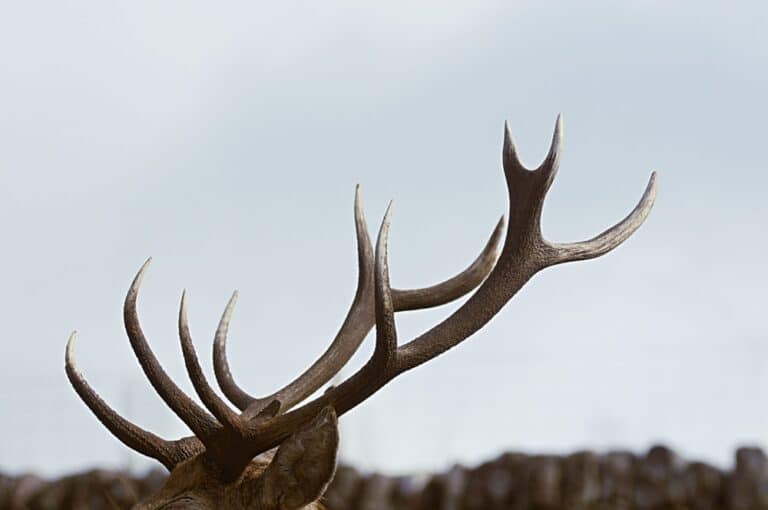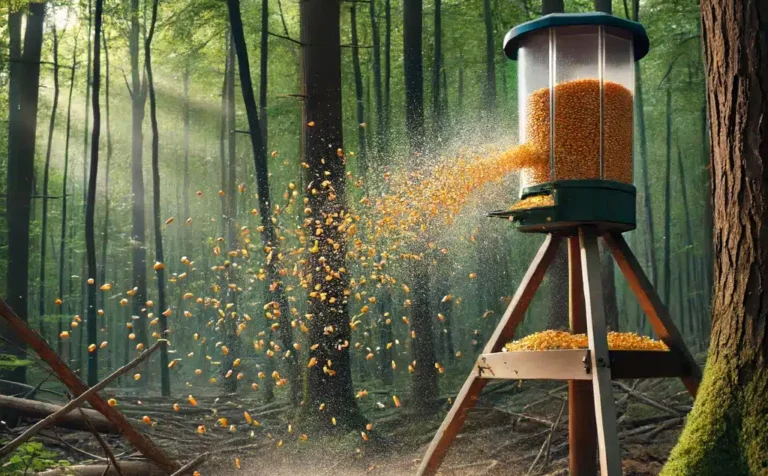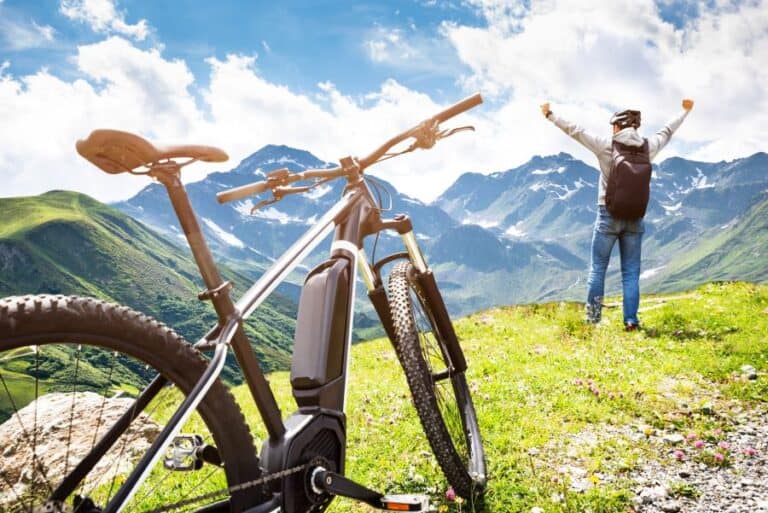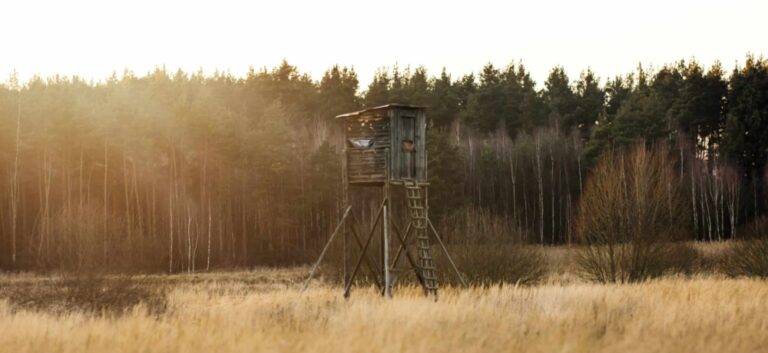Finding affordable hunting gear doesn’t have to break the bank. At Deer Donkey we will provide the perfect solution for those seeking quality gear without sacrificing their budget. Affordable hunting gear promises to deliver on performance and value, without the heavy price tag.

Having the right gear can distinguish between a frustrating outing and a successful, enjoyable experience when hunting deer. Whether you’re a seasoned hunter or preparing for your first season, understanding and acquiring the essential deer hunting gear is crucial for your safety, comfort, and effectiveness in the field.
From the clothes on your back to the optics in your hands, every piece of equipment plays a vital role in your hunting strategy. The right gear improves your chances of a successful harvest. It enhances your overall hunting experience, allowing you to focus on the thrill of the hunt rather than battling discomfort or equipment failures.
In this comprehensive guide, we’ll discuss the essential deer hunting gear you need to consider before heading into the woods. We’ll cover everything from clothing and firearms to tree stands and electronics, providing insights on what to look for and how to choose the best options for your hunting style and budget.
Clothing and Outerwear
Your clothing is your first defense against the elements and a crucial part of your concealment strategy. Nobody likes to be hot or cold when deer hunting and choosing the proper clothing and outerwear to match your environment is critical.
Layering System
- Base Layer: Choose moisture-wicking materials like merino wool or synthetic fabrics to keep your skin dry.
- Insulating Layer: Fleece or down jackets provide warmth without bulk.
- Outer Layer: Choose waterproof and breathable materials to protect against rain and wind.
Camouflage Patterns
- Match your camo to your hunting environment (e.g., woodland, brush, or open country patterns).
- Consider seasonal changes in foliage when selecting patterns.
- Remember, breaking up your outline is more important than a perfect color match.
Scent-Blocking Technology
- Invest in clothing treated with scent-blocking chemicals or made with activated carbon.
- Use scent-free detergents to wash your hunting clothes.
- Store hunting gear in scent-free containers or bags.
Additional Clothing Considerations
- Gloves: Choose thin, dexterous gloves for bow hunting or insulated ones for cold weather.
- Boots: Waterproof, insulated boots with good traction are essential.
- Headwear: For cold mornings, wear a warm hat or beanie, and for additional concealment, wear a face mask or neck gaiter.
Firearms and Ammunition
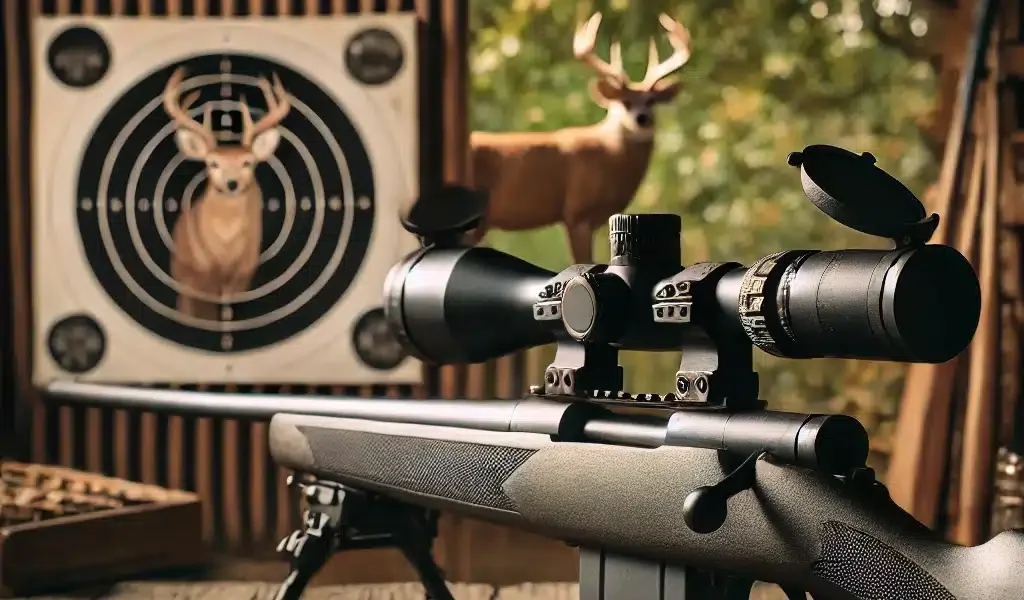
Selecting the right firearm and ammunition is critical to your deer hunting gear setup.
Rifles
- Popular calibers include .270 Winchester, .30-06 Springfield, and .308 Winchester.
- Consider factors like recoil, effective range, and local regulations when choosing a rifle.
- Look for features like adjustable triggers and quality optics mounts.
Shotguns
- 12-gauge shotguns are versatile and effective for deer hunting in many areas.
- Use rifled slugs for improved accuracy and range.
- Consider a shotgun with a rifled barrel for even better performance with slugs.
Muzzleloaders
- Modern in-line muzzleloaders offer improved reliability and ease of use.
- Popular calibers include .50 and .45.
- Choose between loose powder or pellets based on your preference and local regulations.
Ammunition Considerations
- Select ammunition that’s appropriate for your firearm and hunting situation.
- Premium, controlled-expansion bullets often offer better performance on deer.
- Practice with the same ammunition you plan to hunt with for consistent results.
Firearm Accessories
- Slings: A good sling makes carrying your firearm easier during long walks.
- Bipods or shooting sticks: These can provide stability for longer shots.
- Cleaning kit: Regular maintenance keeps your firearm reliable and accurate.
Remember, regardless of your choice of deer hunting gear, proficiency comes with practice. Spend time at the range with your chosen firearm to build confidence and improve accuracy. Always prioritize safety when handling firearms, and understand and follow all local hunting regulations regarding firearms and ammunition.
Archery Equipment

Archery gear represents the pinnacle of challenging and rewarding deer hunting experiences for many hunters. Here’s what you need to know:
Compound Bows
- Modern compound bows offer excellent speed and accuracy.
- When selecting a bow, consider draw weight (typically 50-70 lbs for deer hunting) and draw length.
- Look for adjustable cams to fine-tune your draw length and let-off.
Crossbows
- Increasingly popular, crossbows offer a middle ground between firearms and traditional bows.
- Choose between recurve and compound crossbow designs.
- Pay attention to draw weight, arrow speed, and overall crossbow weight.
Arrows and Broadheads
- Carbon arrows offer a good balance of durability and weight.
- Match the arrow spine to your bow’s draw weight for optimal performance.
- Broadheads come in fixed-blade and mechanical designs:
- Fixed-blade: More durable and reliable, but may affect arrow flight.
- Mechanical: Better flight characteristics, but potentially less reliable on impact.
Archery Accessories
- Release aid: Helps achieve a clean, consistent release.
- Quiver: Keeps arrows readily accessible.
- Sight: Multi-pin sights allow for different distance settings.
- Stabilizer: Reduces bow vibration and improves accuracy.
Remember, archery hunting requires significant practice to become proficient. Invest time in target practice and consider 3D archery courses to hone your skills.
Optics
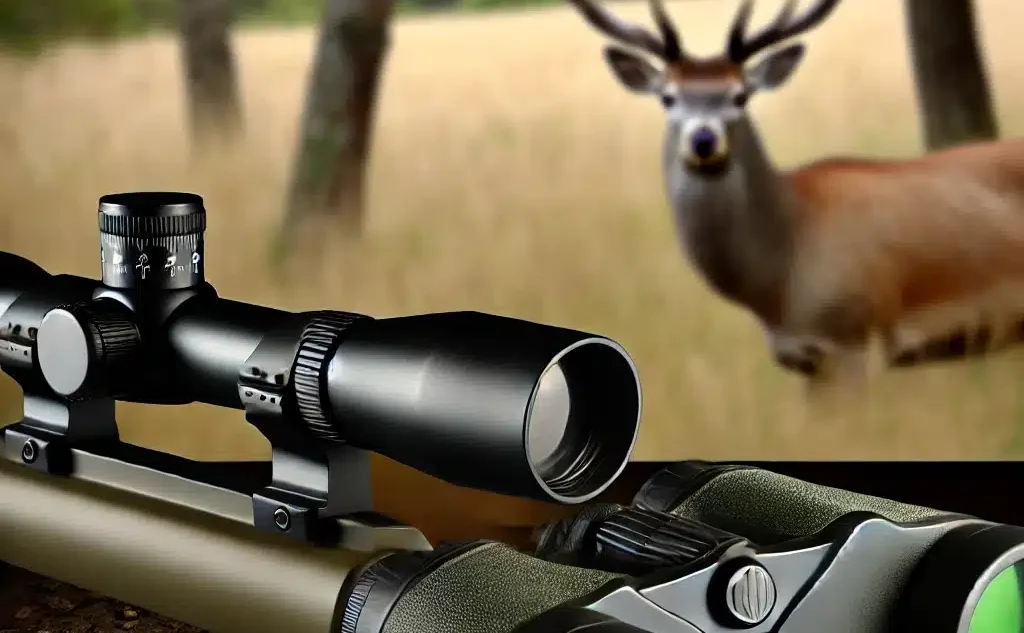
Quality optics are crucial to your deer hunting gear, helping you spot, identify, and harvest deer ethically.
Binoculars
- Essential for scanning and identifying deer at a distance.
- Look for 8×42 or 10×42 magnification for a good balance of magnification and field of view.
- Consider lens coatings and low-light performance.
Rangefinders
- Crucial for bow hunters and those taking longer shots with firearms.
- Choose models with angle compensation for elevated hunting positions.
- Some rangefinders offer ballistic calculators for long-range shooting.
Rifle Scopes
- Variable power scopes (e.g., 3-9×40) offer versatility for different hunting situations.
- Consider larger objective lenses for better light gathering in low-light conditions.
- Look for durable construction and weather-resistant seals.
Spotting Scopes
- Useful for long-range observation and scouting.
- Choose models with good eye relief and a comfortable viewing angle.
- Consider a compact model if you’ll be carrying it long distances.
Red Dot Sights
- Popular for shotguns and muzzleloaders.
- Offer quick target acquisition in close to medium-range situations.
- Some models feature multiple reticle options.
When selecting optics, prioritize optical clarity and durability over excessive features. Quality optics can last a lifetime with proper care, making them a worthwhile investment in your deer hunting gear collection.


